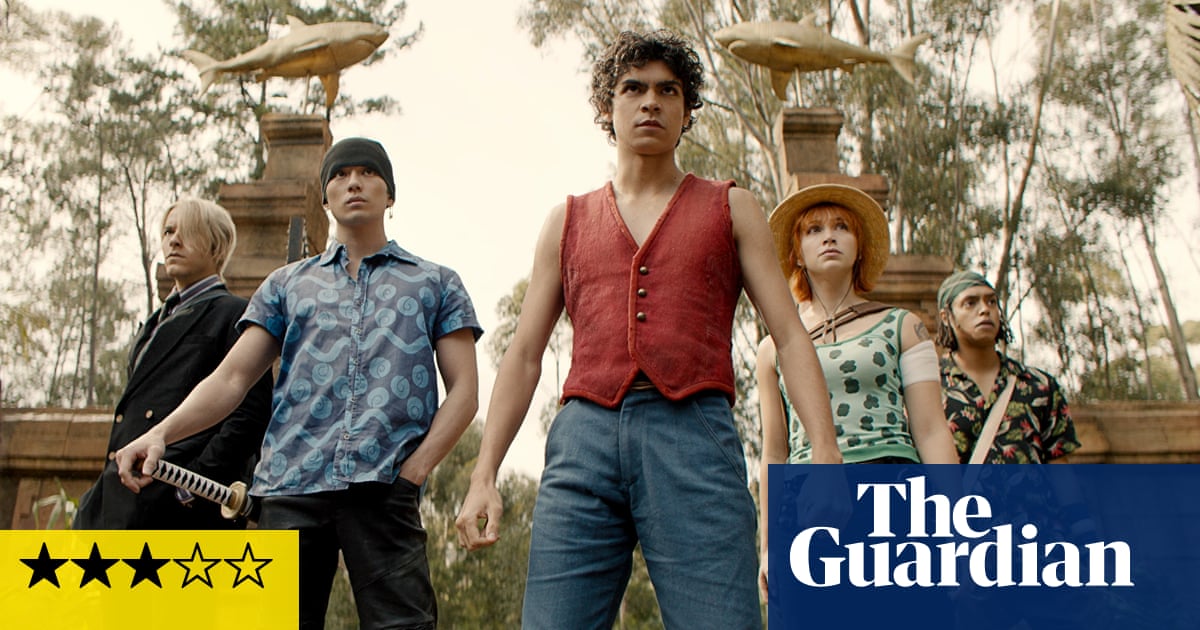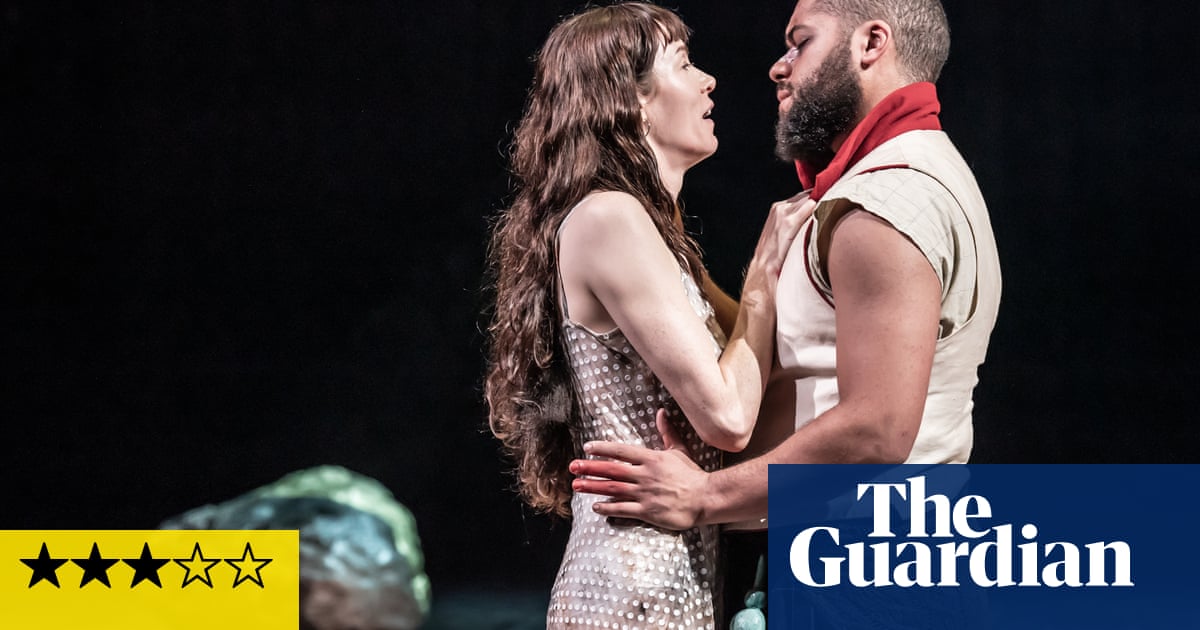
When beloved long-running stories are translated to a new medium, they’re often caught between irritating longtime fans (who will chafe at whatever changes have been made to introduce the movie or show or book to newbies) and vexing interested newcomers (who may be baffled by the material regardless of those mainstreaming changes). But the new live-action version of One Piece, a decades-running Japanese comics series that has been adapted into a beloved anime series and many animated features, could actually play well for those two audience segments. Hardcore fans of previous incarnations may simply be fascinated to see such eccentric material finally and improbably translated into flesh and blood, while Netflix surfers intrigued by a strange, pirate-centric, superpower-augmented adventure-fantasy series may delight in the sheer novelty factor. It’s everyone else in the casual in-between that could wind up staring at the screen with a puzzled expression.
In its broad outlines, One Piece contains multiple elements seen in the Pirates of the Caribbean movies. It’s about a band of likable outlaws searching for the titular single-serving treasure that will confer the title King of the Pirates upon whoever finds it, while they’re pursued by rival pirates and officious yet vaguely corrupt marines. But Monkey D Luffy (Iñaki Godoy) is arguably closer to signing up with the VeggieTales than he is to becoming Jack Sparrow; he’s a cheerful, wide-eyed, stretchy-limbed young dreamer who wants to become a pirate captain and king without actually stealing anything or terrorizing anyone. He’s soon joined, with some reluctance, by pirate-hunting swordsman Roronoa Zoro (Mackenyu) and wily thief Nami (Emily Rudd), whose backstories are filled in as the eight-episode season proceeds.
In other One Piece productions, like the recent movie One Piece Film: Red, Monkey D Luffy is animated with such brash energy that his semi-grotesque stretching powers only accentuate his comic charm. Here, those powers are animated with dodgy-looking CGI, and in depicting Luffy’s more human qualities, Godoy leans so hard on the guileless boyishness that his default smirk becomes mono-expressive.
Godoy’s performance is part of a larger mismatch: some of the actors gleefully embody live-action cartoons, while others work in a mildly snarky YA register. Mackenyu and Rudd, for example, both outsource potential outlandishness to their brightly colored hairstyles, underplaying opposite Godoy’s boundless enthusiasm. Meanwhile, multiple supporting characters goggle and mug like they’re in a Terry Gilliam knockoff.
It’s hard to blame anyone for overacting – or holding back, for that matter – when the show’s house style imitates exactly that woozy, unwieldy Gilliam sensibility, using occasional fish-eye lenses and unceasing handheld low-angle close-ups. Though the show notably lacks the visionary thrills of vintage Gilliam, its garishness is pleasingly unlike much else on TV. And just as the actors’ performance styles sometimes clash, the overall imagination of One Piece competes with this particular iteration’s budget, which appears to be lavish but perhaps still not quite enough. Some settings (a sort-of gothic castle, site of a two-episode detour) and details (radios and loudspeakers only exist when fed through oversized snails, depicted via puppetry) make better use of this mishmash quality than others (like some unconvincing high-seas battles).
As the season goes on, Luffy’s cohort eventually grows to include the similarly excitable Usopp (Jacob Romero Gibson), a marksman and fabulist with pirate lineage; and Sanji (Taz Skylar), an ambitious chef/martial artist, whose origin is a late-breaking season highlight. In contemporary streaming style, long stretches of the first season focus on set-up that would have once been consigned to perhaps a double-length pilot episode. With so much backstory and table-setting, the time for episodic adventuring winds up limited – a shame, because the show’s fresh-faced ensemble and general weirdness would be a good fit for a quest-of-the-week format.
When One Piece attempts to pull together its disparate elements into a grander overarching theme, it tries to address the unwillingness of an older generation to cede their power to younger ones; when chased with some kidlit-style malarkey about the importance of following dreams, it all comes across as pretty glib. The recent One Piece Film: Red is, on the balance, way weirder and more manic – yet also, within its mania, a more potent emotional experience, too. Maybe it’s poor luck of the draw on villains; the bad guy in Red is deeply empathetic, more misguided than mastermind, while one of the ongoing baddies of the Netflix series is a self-disassembling pirate called Buggy the Clown. Yet even in the face of such lost-in-translation flights of fancy, there remains something oddly enjoyable about One Piece’s conceptual loopiness and its Hot Topic optimism, even when it looks like half-measures. To call it truly good would be a stretch worthy of Monkey D Luffy’s rubbery limbs. To call it dull, however, would be outright dishonesty.












